Travelers visit Bosnia and Herzegovina to experience its beautiful landscapes and age-old European cultures. Come to this fascinating country with a sense of adventure and a penchant for the unexpected and you'll have an unforgettable trip. For those interested in seeing what Bosnia and Herzegovina has to offer, we can arrange guided tours, excursions, and cultural experiences through our local partners. They offer unique itineraries tailored to suit your needs. These guides will take you off-the-beaten-path and give you an in-depth perspective that you will not find on your own or with large standard tours. The following is a brief description of the excursions offered:
TARCIN FOREST RESORT AND SPA MGALLERY
Surrounded by mountains and featuring an indoor pool, hot tub and sauna, Tarcin Forest Resort and Spa Sarajevo Mgallery is set in Tarčin, 38 km from Sarajevo. Guests can enjoy a meal at the restaurant or have a drink at the bar. Free WiFi is available and free parking is provided.
Every room is air conditioned and includes a flat-screen cable TV. Some units include views of the mountain or garden. Every room is equipped with a private bathroom with a walk in shower. For your comfort, you will find bathrobes, slippers and free toiletries.
There are a business facilities, a gift shop and a children's playground at the resort. The spa and wellness centre as well as a fitness centre and Hammam are offered. Bike hire is available at this resort and the area is popular for cycling, hiking and horse riding.
Igman is 30 km away while Bjelašnica is 43 km from Tarcin Forest Resort and Spa Sarajevo Mgallery. The nearest airport is Sarajevo International Airport, 29 km from the resort. The resort offers an airport shuttle service, at an additional charge.
This property also has one of the best-rated locations in Tarčin! Guests are happier about it compared to other properties in the area.




SARAJEVO TOUR
Sarajevo offers you a lot in terms of sightseeing, especially if you are the fan of Historical, Religious, or Cultural heritage. Sarajevo, as already well known by the name of European Jerusalem, is the only place in the world where you have, Muslim mosques, Orthodox Churches, Catholic churches and Jewish synagogues in the range of 200 meters. One next to each other you can find Gazi HusrevBeg’s Mosque and complex, Old Orthodox Church, Cathedral, and “IL KAL GRANDI“ – Old Temple as a Jewish monument. Also we cover the recent Siege, with lots of materials and media.
As the empires have changed their presence here, the cultural diversity is something that has been reshaped accordingly. Whole cultural life in Sarajevo is one of the kinds. It is still partially in the Ottoman time, partially in the Austro-Hungarian, and as well partially in the spirit of West, western kind. Also please try not to miss the environmental side of Sarajevo beauty. Try going for couple of places for Panorama, as well to take a walk in the city.
Near to the ICESOS venue, there are several places that can be visited such as Bascarsija, Old Town (Stari Grad), Vrelo Bosna, and more.
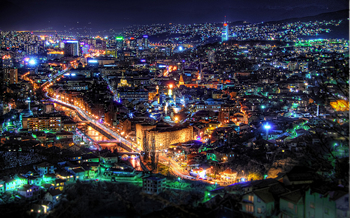
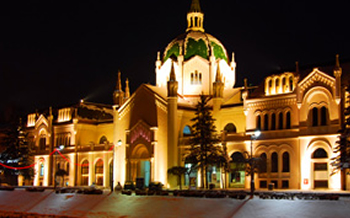

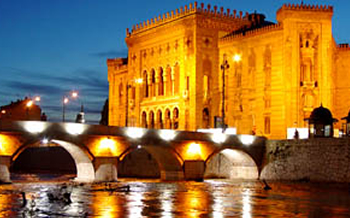
TRAVNIK TOUR
Travnik is situated in the valley of the Lasva River and bordered by Vlasic Mountain to the north and Mount Vilenica to the south. The early Slav settlers gave little evidence of their presence until 500 years after their arrival to the area around Travnik.
The valley reappeared in 1244, in terms of primary historical records, when the Hungarian King Bela IV gave one of his notables a piece of land in Lasva. By that time, the area was a feudal estate of the Bosnian state.
The Ottoman era renewed the glory of Travnik. It was the principal city and military centre of the Ottoman Empire. It was from here that the Ottomans planed their invasions further towards the southwest. They brought mosques, religious schools, roads and water systems. They fortified the medieval fortress and built a mini-city within its high stone walls. For over 150 years, the vizier – the Ottoman Sultan's representative in Bosnia - had his headquarters in this town, attracting both consulates and trade. Travelers visiting Travnik in this era were impressed by the town and called it the European Istanbul and the most oriental town in Bosnia. Ivo Andrić's brilliant 'Travnik Chornicle' gives you a feel of this period.
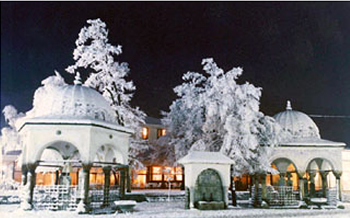
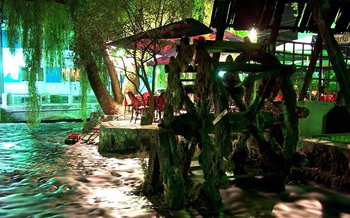


MOSTAR TOUR
Mostar is a city and municipality in Bosnia and Herzegovina. Inhabited by 113,169 people, it is one of the most important cities in the Herzegovina region, its cultural capital and the center of the Hercegovina-Neretva Canton of the Federation. Mostar is situated on the Neretva river and is the fifth-largest city in the country. Mostar was named after the bridge keepers (natively: mostari) who in the medieval times guarded the Stari Most (Old Bridge) over the Neretva. The Old Bridge, built by the Ottomans in the 16th century, is one of Bosnia and Herzegovina's most recognizable landmarks, and is considered one of the most exemplary pieces of Islamic architecture in the Balkans.
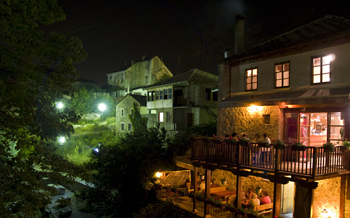
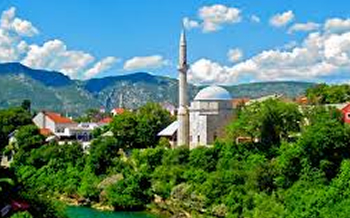

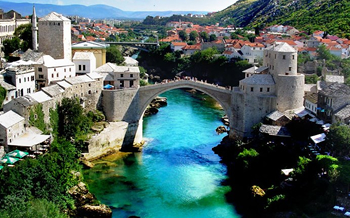
SREBRENICA TOUR
Not long ago the memorial cemetery was opened in Srebrenica. The memorial centre is a beautiful and touching place. Life may be returning to normal in Srebrenica, but the women and children who survived will continue to live their lives without their brothers, fathers, husbands and friends. Despite its tragic past, the beautiful dense forests that line the hillside or the plethora of bears and wolves that roam the wilderness to the southeast of town are certainly a site to see. There are nice places to see in and around Srebrenica. The natural thermal springs, the stunning pine covered hills, and lovely villages that dot the countryside.
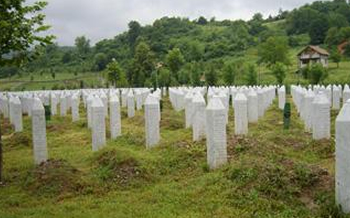
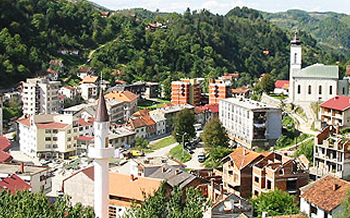
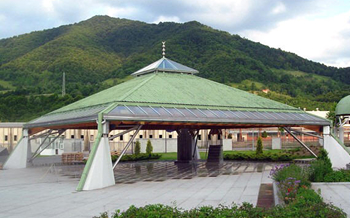
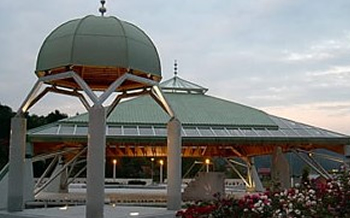
FOJNICA TOUR
It is thought the Illyrians had major settlements here and during the Roman conquest the town rapidly gained importance because of its rich gold deposits. Handicrafts and trade were well established even before the arrival of the Ottomans in the towns of Kozograd, Zvonigrad and Kasteli, all located in today's Fojnica and surroundings. Kozograd, a fortress located on the slopes of Zec Mountain is presumed to have been in existence since at least the early 15th century, when the Dubrovnik miners would hide here with their treasures from invading forces. It is also believed that this fortification was the last place Queen Katarina stayed at before she fled to Dubrovnik and further on to Rome, never to return to the conquered kingdom she left behind. Zvonigrad is more than likely a prehistoric settlement where ancient miners sought refuge. Kasteli, in the near vicinity of the hunting lodge Zahor, was a temporary shelter for the Franciscan monks from Fojnica during the Ottoman invasion of Bosnia. These three towns are ruins now. Fojnica as a town was first mentioned in 1365, when miners had come from Germany and Dubrovnik to develop this ore-rich area. In the late 15th century, after the invasion of the Ottomans, Fojnica recorded 329 families. In the same period Mostar, a city now 20 times the size of Fojnica, recorded only 19 dwellings.
